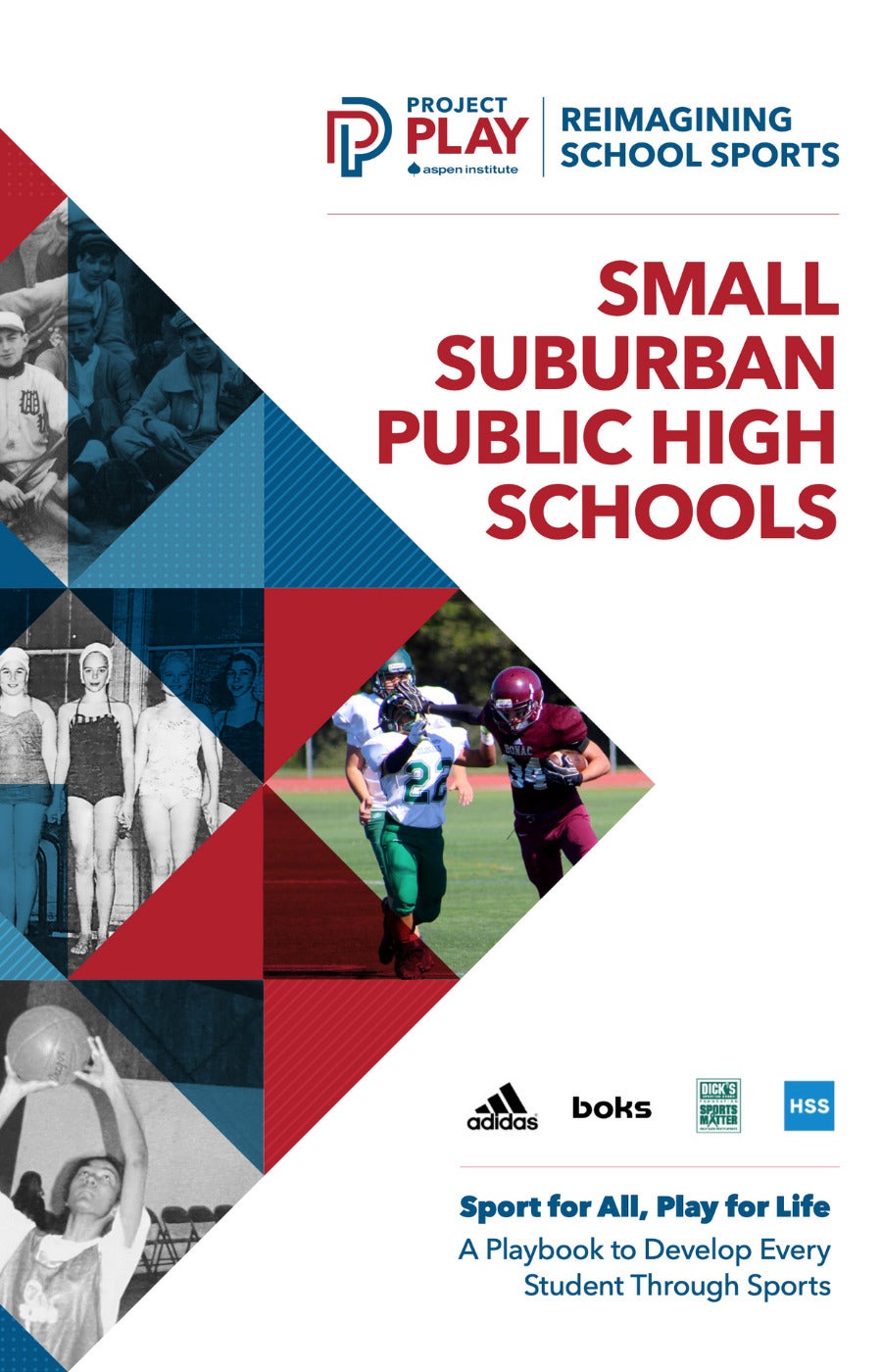A Project Play initiative of the Aspen Institute Sports & Society Program, “Reimagining School Sports” recognizes the essential role that high schools play in preparing young people for life – and the cognitive, educational and health benefits that flow to students whose bodies are in motion. The initiative aims to make quality sport and physical activities accessible to all students by identifying strategies that administrators and other leaders can adopt, aligned with the mission of schools and within the context of a comprehensive education.
The Aspen Institute invited all schools to share their innovations and apply for recognition. A $20,000 award is given to one winner in each of eight school types, made possible by our project partners – Adidas/BOKS, the DICK’S Sporting Goods Foundation, and Hospital for Special Surgery. Reports on each school type are being released in 2021, followed by a final report in early 2022 that will make systems-level recommendations that can drive progress across all school types.
Athletes at suburban schools are much more likely to participate in sports outside school settings than their urban or rural peers, being 2.6 times more likely to belong to a sport league outside of school than rural students. This can increase the risk of burnout or overuse injury in students with participate in a particular sport year-round. This also can increase the talent gap between students who play outside of school and those who do not, especially for reasons of cost. Male students at suburban public schools were three times more likely than urban male students to identify expenses as a reason they don’t play school sports. Suburban female students (18%) also listed costs as a barrier more than urban female students (11%).


